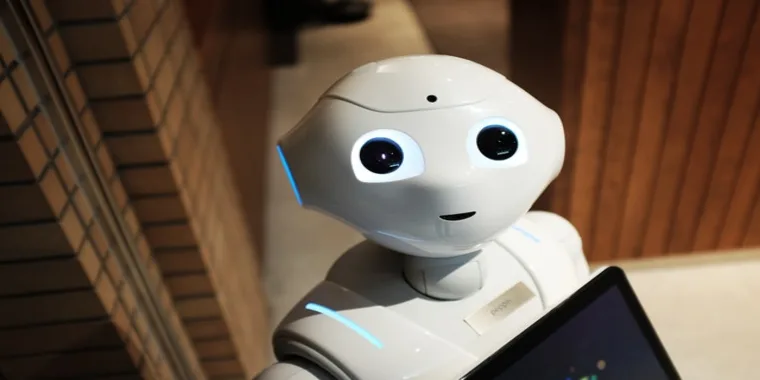See the following links if you'd like to skip to specific sections.
- Robots Through the Ages
- Rancho Arm
- Marble the Falafel Robot
- Self-driving cars
- Singularity or Multiplicity?
The term robot was first invented by playwright Karel Capek in his work 1921 "R.U.R." which stands for Rossum's Universal Robots. The word originates from the Czech word meaning "forced labor."
Not exactly an inspiring origin but it gets worse. In their debut appearance in the cultural zeitgeist, the robots in Capek's work go ballistic and murder some people.
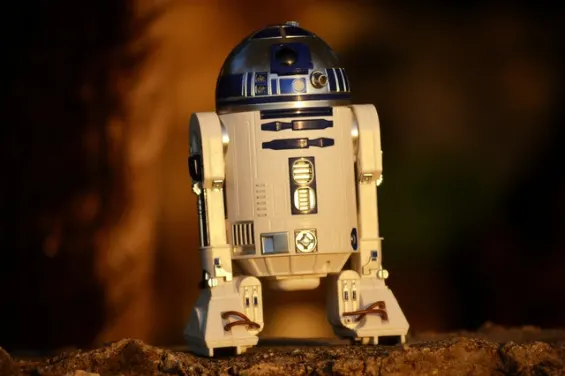
This sets the stage for how robots will be perceived to the present day. From the works of Isaac Asimov to the films of James Cameron, robots are painted as threats to human society whether they are trying to assassinate John Connor or taking jobs from blue-collar workers.
But can robots even really do that anytime soon? Take a closer look at the origins and the future of robotics and decide for yourself.
Robots Through the Ages
Truly autonomous robots are far and few in-between, even today. What is more prevalent are so-called collaborative robots. These machines do not exist to supplant people, but rather to improve their way of life.
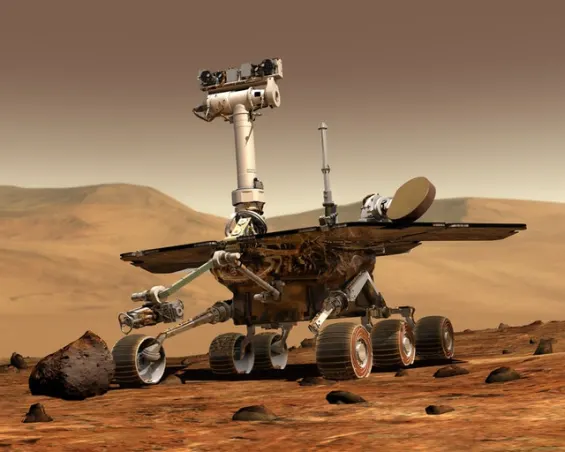
But what are collaborative robots used for? Mostly, these robots are used to help expedite manufacturing process that would be too tedious and repetitive for people to keep doing. Sometimes, they help people accomplish things they will not be able to do.
Here are a few such robots that fit that description throughout the years
Rancho Arm
One of the first robots in history, the Rancho Arm was built in 1963. The machine looks like a six-jointed mechanical arm, powered by electricity and several steel pistons. The arm ended with a set of steel claws or calipers with flat digits.
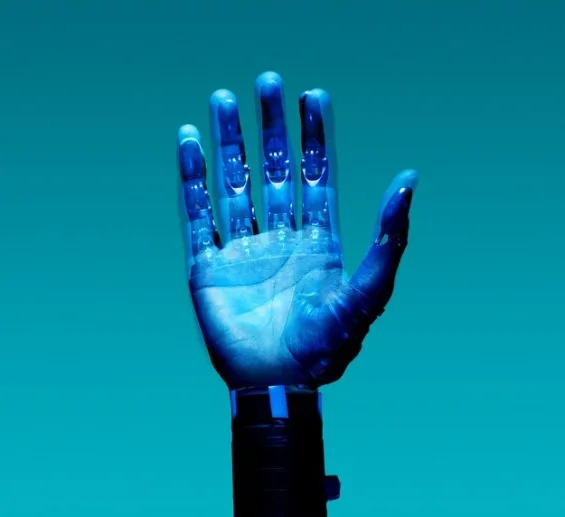
Although its maneuverability and articulation are rudimentary compared to today's machines, it was truly astounding in the 60s. The Rancho Arm was designed to help handicapped people, but it eventually became the precursor to computer-controlled mechanisms.
Marble the Falafel Robot
This ungainly looking robot looks more like a combination of a riding lawnmower and a steel dishwasher. But Marble, as the robot is called, is a machine on a mission. Marble is one of the first semi-autonomous delivery robots to handing over food directly to customers.
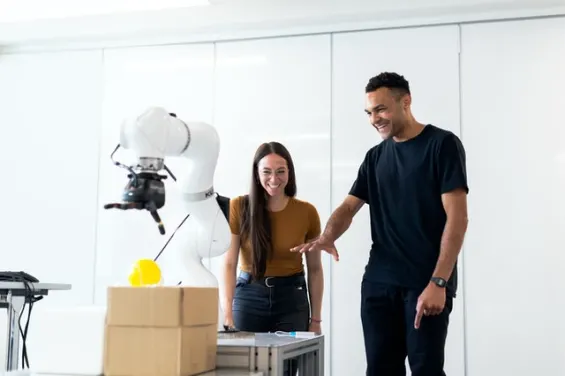
Marble's compartment contains hot falafel but can be adapted for other foods. Marble gets around by using lidar, a form of navigation that relies on lasers to determine positioning.
Self-driving cars
One of the most controversial advances in robotics is the drive to create self-driving vehicles. Pioneered by both ridesharing companies and automobile manufactures, these vehicles are piloted by artificial intelligence and navigate using different tracking systems.
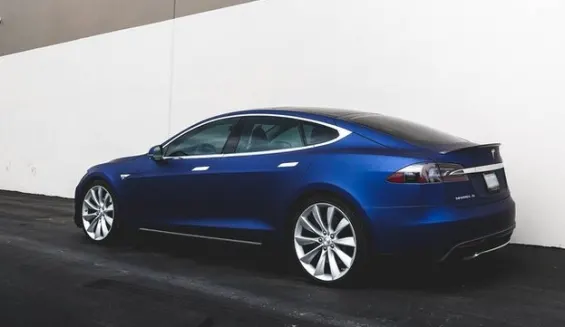
The benefits of these machines are said to include safer motorways, less congested roads, and reduced fuel consumption. However, the conversation of robots usurping human jobs and their safety crops up often when discussing these robots.
Singularity or Multiplicity?
The robots listed above are samples of collaborative robots. And they present one branch of the possible future of robotics. Experts theorize that advanced enough robots will either cause a singularity or a multiplicity.
The singularity is defined as when robotics will cause an upheaval, not necessarily a violent one, in society, whether by breaking preconceived notions of humanity and life or through more volatile means.
The other outcome is more likely. The multiplicity is supposed to be the state when humanity and advanced robotics become intertwined rather than get into conflict.
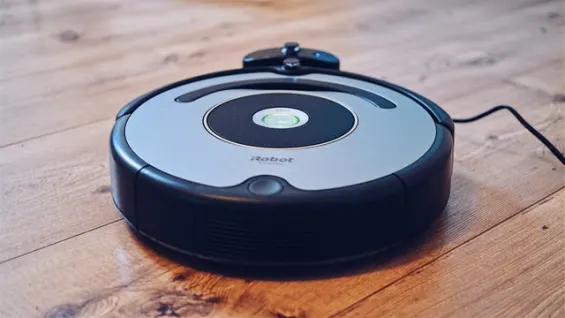
It is this outcome that seems more likely given how much digitization humanity has been capable of integrating within the present day.
By looking at the samples of robotics out there and the samples that came before, you can draw your own conclusions as to the future of the science. There is no need to get worried about robot uprising anytime soon.

